Hard to help out with the branch questions without seeing it first, really. Side branches are ok, but bear in mind you will have tension and compression wood (the tension side will be the side facing upwards while the branch is still on the tree and makes the better bow, so if you can, try and get the bow out of that uppermost side)
60" is tiny, for a longbow. Perfect for practicing techniques but don't expect to get a longbow with a normal draw length out of it. Make sure you seal the ends and leave the yew along for a good year or so before trying to make anything with it.
Arrow spine is essentially a measurement of how much an arrow shaft bends. You can have two identical shafts but one may be denser than the other due to growing conditions and will bend less, ergo a higher spine. This is important for target archery, as it affects aim. If you want to shoot "medieval" style (i.e. at bits of armour, or more often up into the air volley-style) then theoretically buying a batch of bobtailed shafts will be fine. However - half inch bobtailed arrow shafts are stiff as heck and need a bow of around 100# and over ideally to fly properly. Otherwise they'll leave the bow like you're trying to throw a small truck. Depending what poundage your bow ends up at, you either want to be looking at half inch bobtailed shafts (bows over 100#) or 3/8" parallel shafts for lighter bows. Even 3/8" shafts don't like bows under 80# really.
As for bodkins you've got a few classics - the Type 10, a nice short 4-sided bodkin that probably saw the most use during the 100 Years War
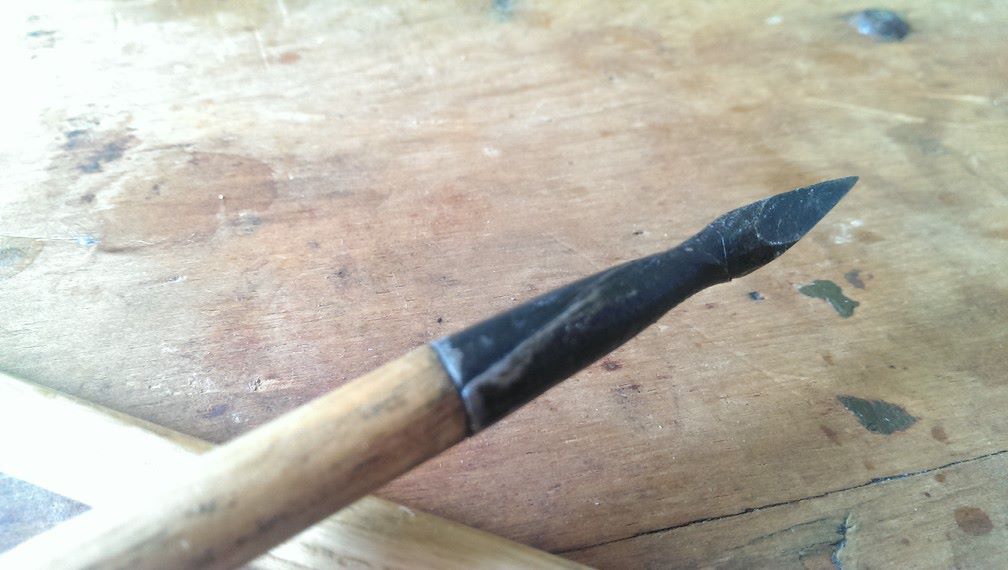
The plate-cutter, huge and heavy and designed for going through armour plate and very similar to the head found at Crecy.
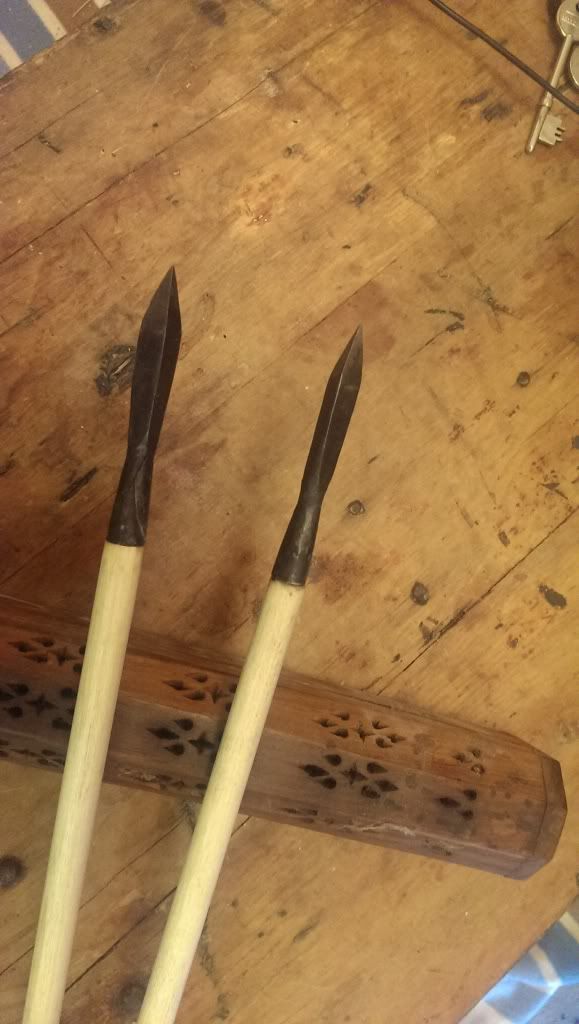
The Type 7, a needle bodkin for piercing maille
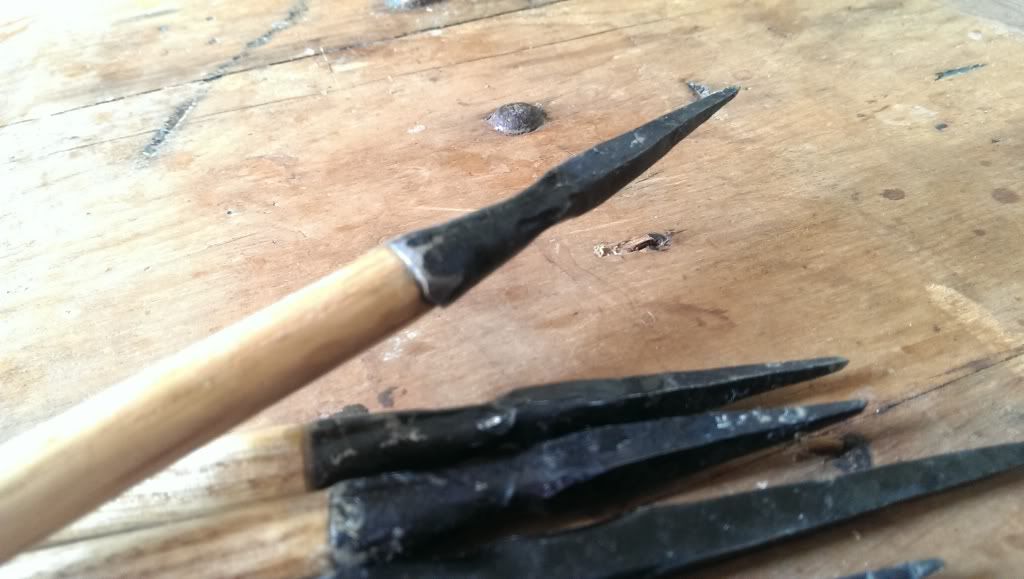
The Type 16 - some say this is the most common medieval head, but others (I'm in this camp) believe it was a normal swallowtail head that got sharpened beyond recognition over use (much like some of the Oakeshott swords) and flattened into this shape by years of earth piled on top of it.
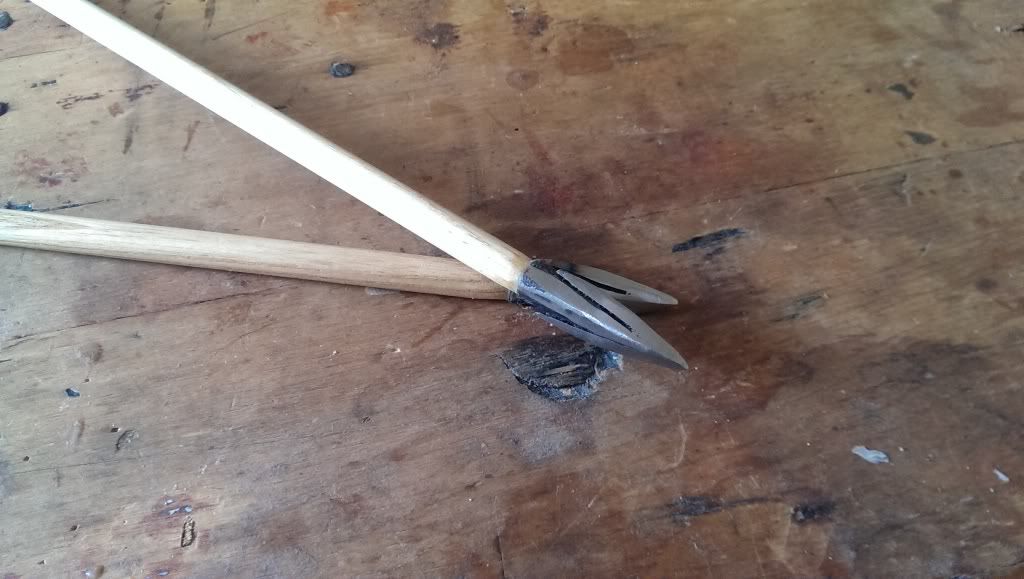
The Tudor Bodkin, a short war head found at Portchester Castle dating to the 16th Century and probably the most common type used during normal warfare at the end of the 100 Years War.
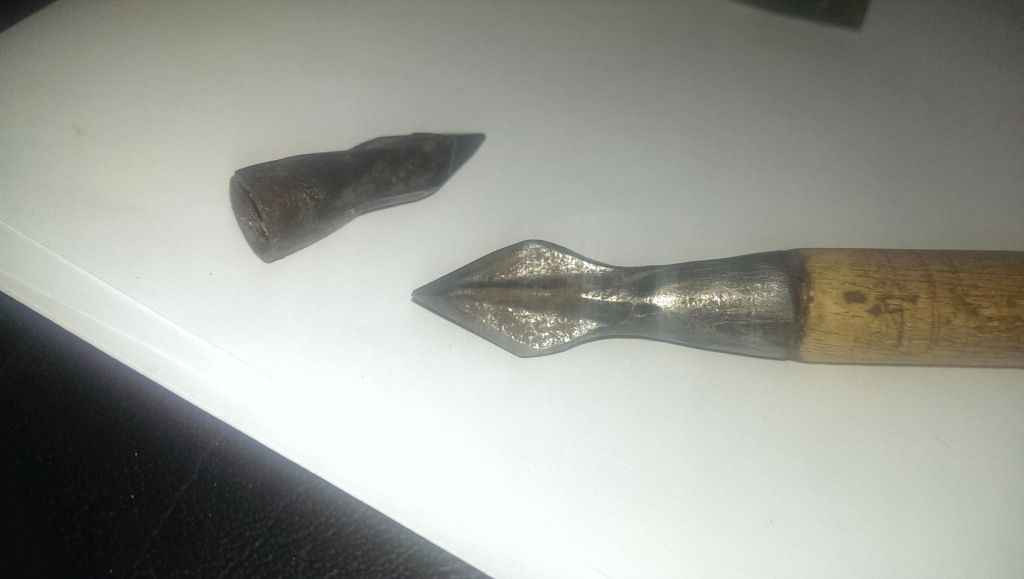
Get yourself a selection of those and you'll have a really good spread of historical heads.